
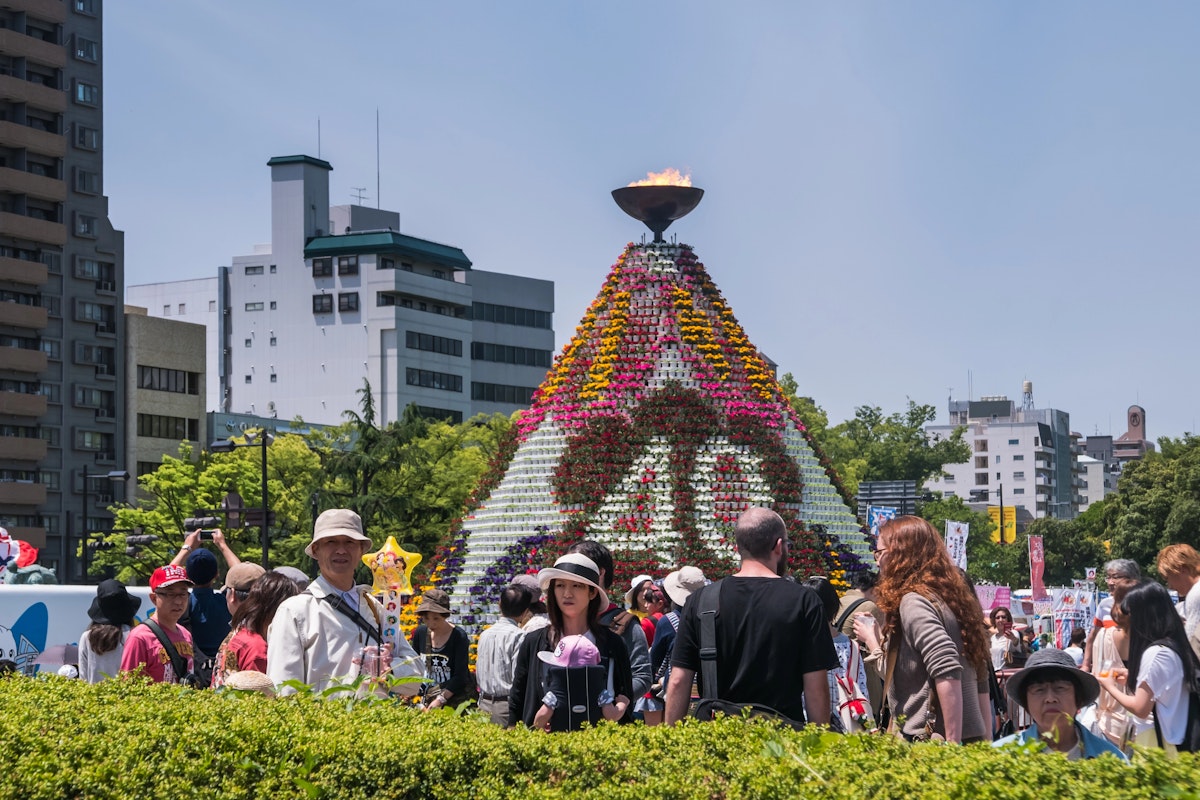
Hiroshima, a city known worldwide for its historical significance, is also a hub of vibrant cultural festivities celebrating its resilience and hope for peace. Among these, the Hiroshima Flower Festival is a beacon of joy and commemoration, attracting millions of visitors annually.
This annual event, held in early May, transforms the city into a lively spectacle of colors, music, and dance, embodying the spirit of peace and unity. The festival's numerous events and activities offer something for everyone, from traditional performances to modern music, making it a must-visit for anyone looking to experience Japanese culture and tradition.
Join us as we explore the rich history, key events, and essential details of the Hiroshima Flower Festival.
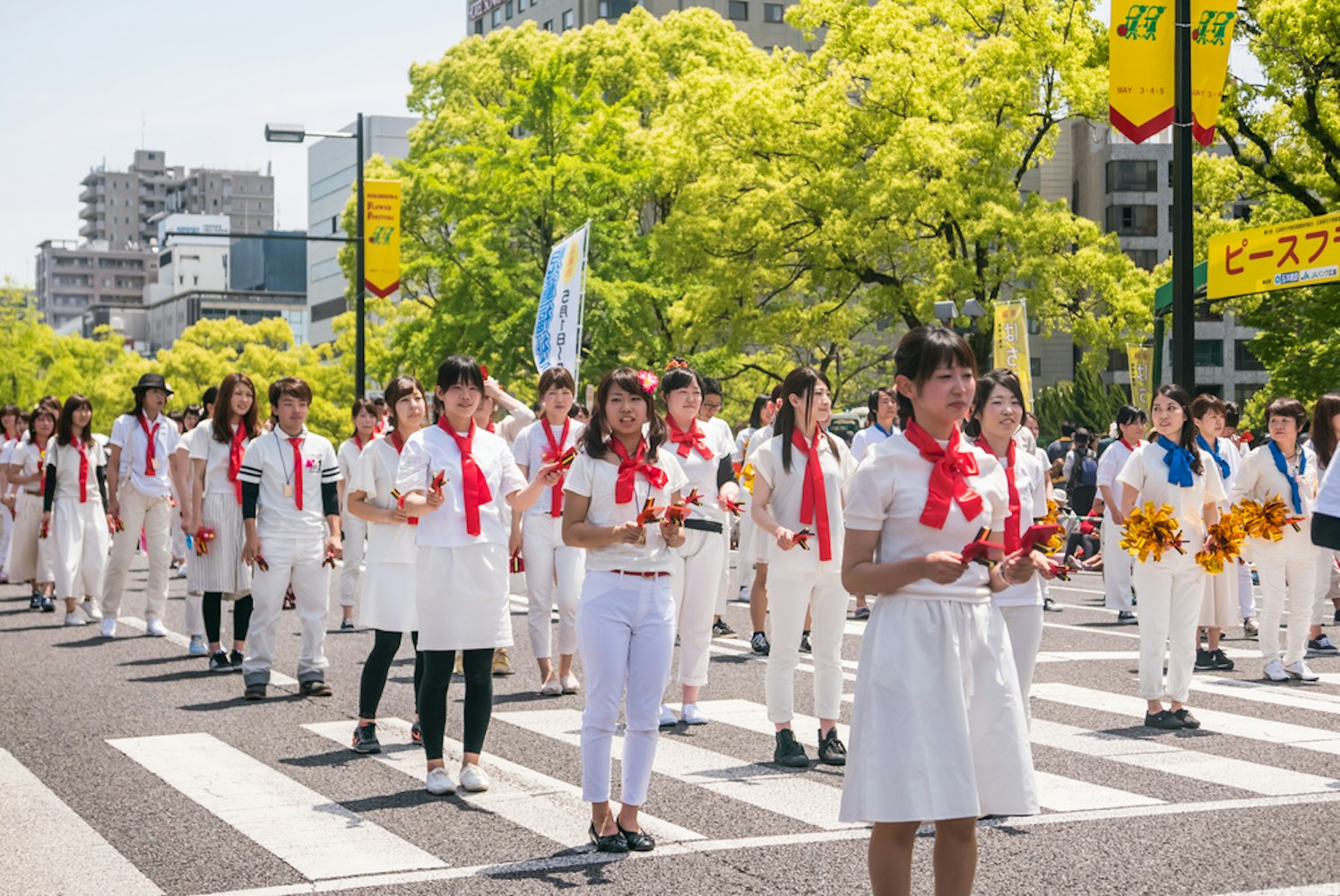
The Hiroshima Flower Festival was first held in 1977. Inspired by the city's enduring spirit and flowers blooming as symbols of peace and renewal, the festival occurs annually along Peace Boulevard, near the iconic Atomic Bomb Dome and Peace Memorial Park.
It has grown to become one of Hiroshima Prefecture's most significant events. Over a million people gather yearly to enjoy the vibrant parades, stage performances, and various activities spread throughout the city.
The festival aims to foster peace messages and commemorate the victims of the atomic bomb, blending solemn remembrance with joyous celebration. Attendees can expect to see local citizens and visitors participating in colorful costumes, modern music, and traditional dance troupes, creating a harmonious blend of past and present.
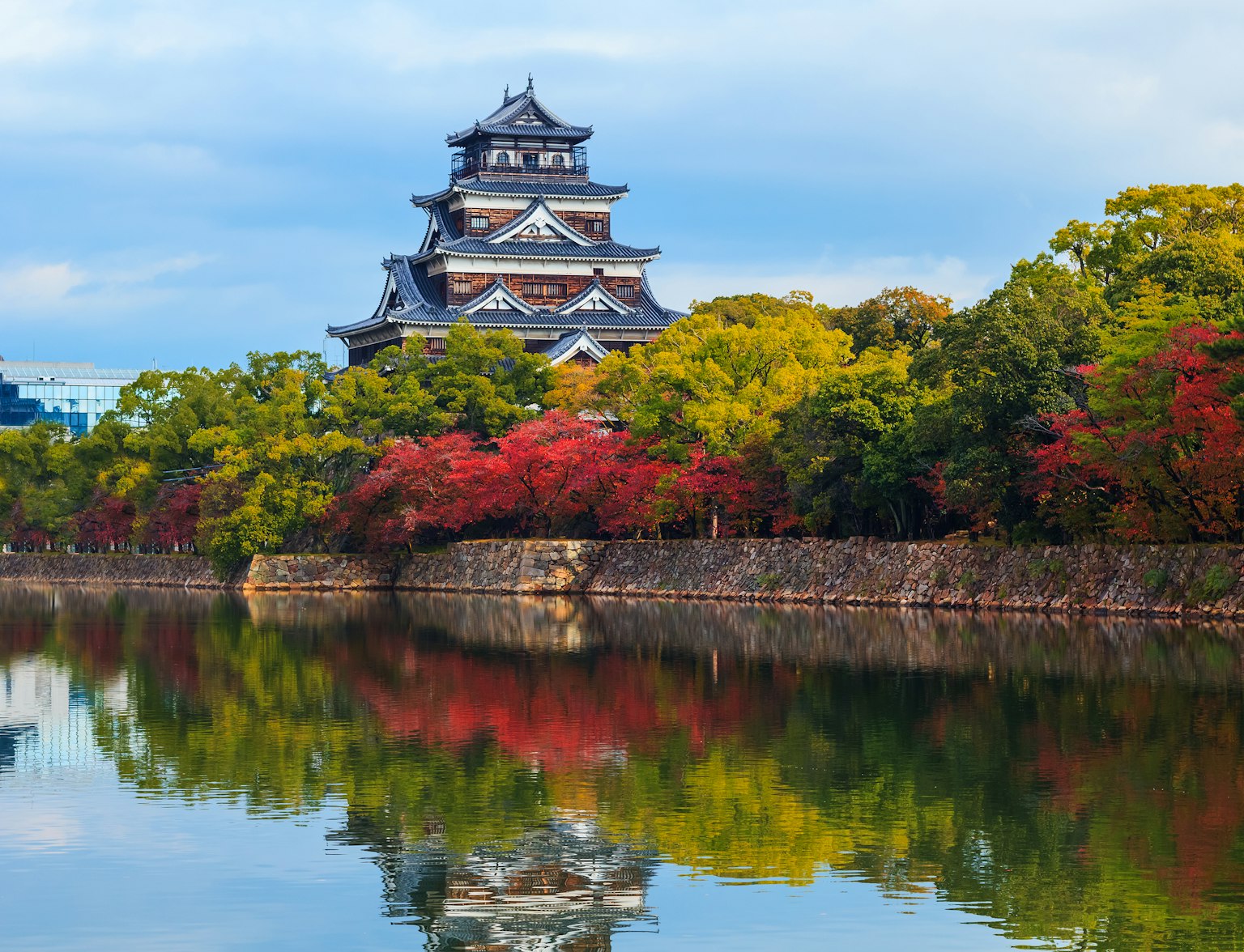
Discover Hiroshima's soul on this private guided tour.
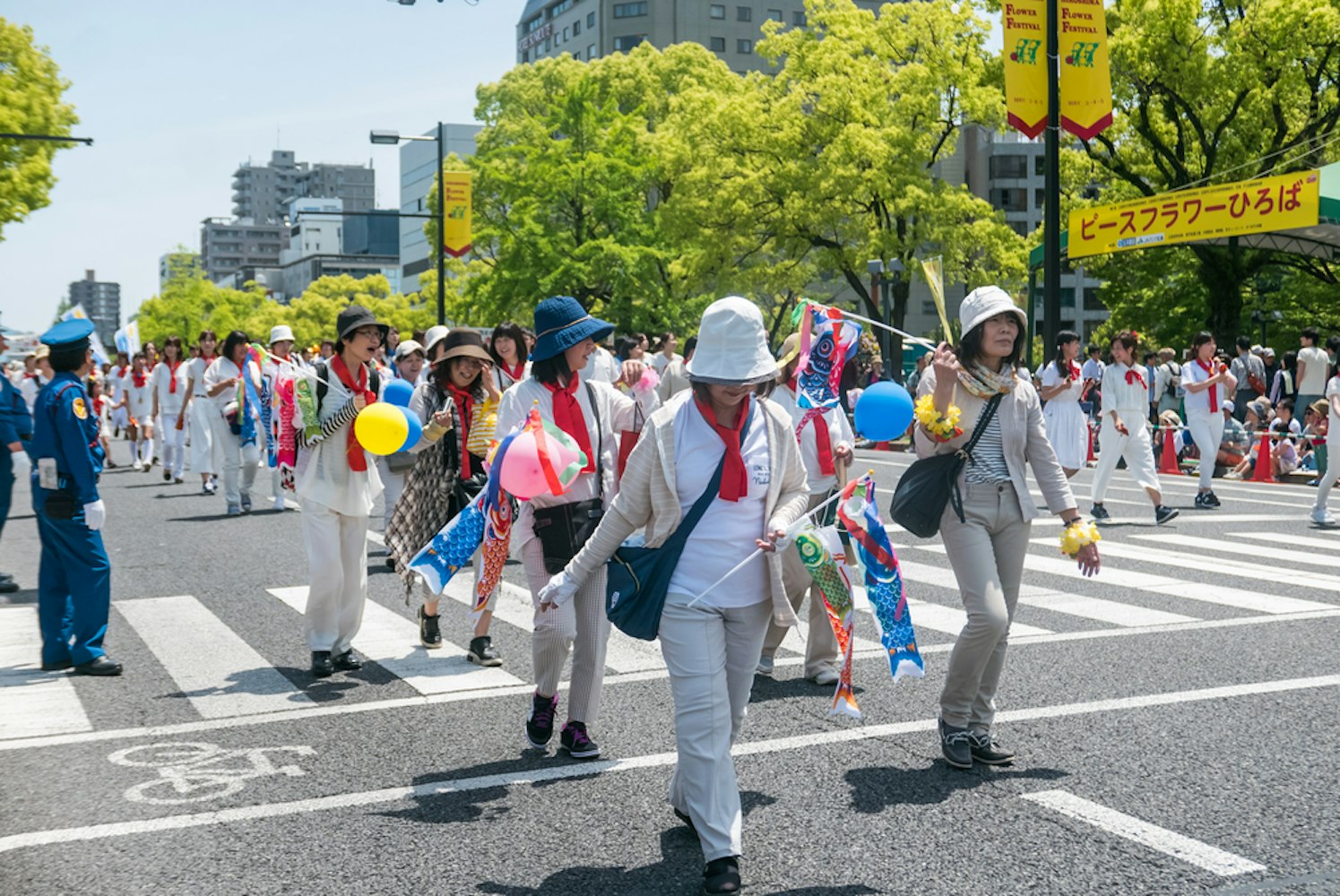
The festival is renowned for its vibrant parades, featuring diverse dance troupes, performers in colorful costumes, and musical acts. These parades traverse Peace Boulevard, bringing the streets to life with their energetic performances.
Various stages are set up throughout the city, hosting performances ranging from traditional Japanese dance to modern music concerts. Local citizens and visitors can enjoy these performances from shady spots along the boulevard, creating a festive and inclusive atmosphere.
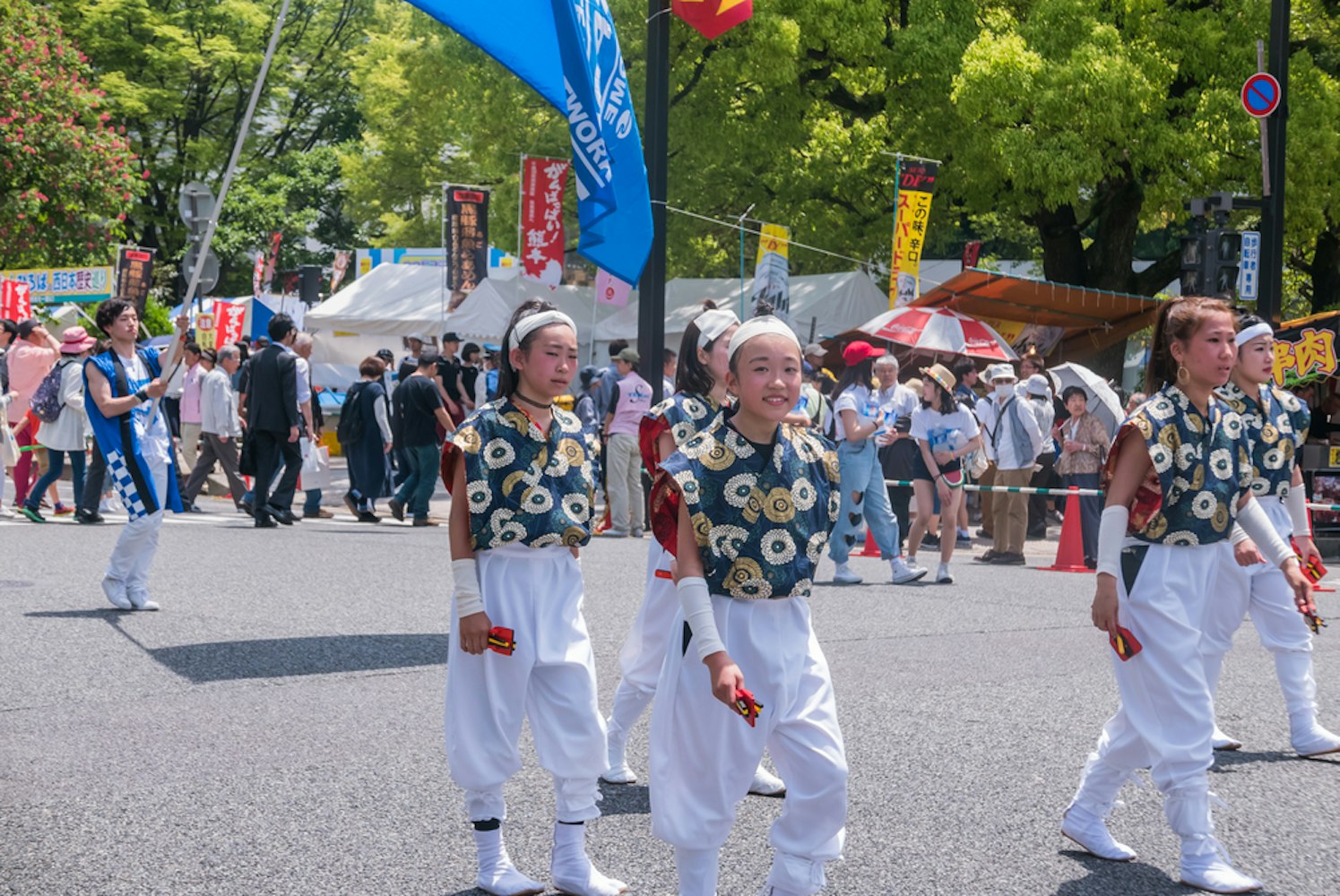
Music is a central element of the Hiroshima Flower Festival, with stages dedicated to both traditional Japanese music and modern genres. Visitors can enjoy performances by local musicians, dance troupes, and international artists, ensuring a diverse musical experience.
The harmonious blend of traditional and contemporary sounds reflects Hiroshima's rich cultural heritage and its embrace of modern influences.

Embark on an e-bike adventure through Hiroshima, guided by a local expert.
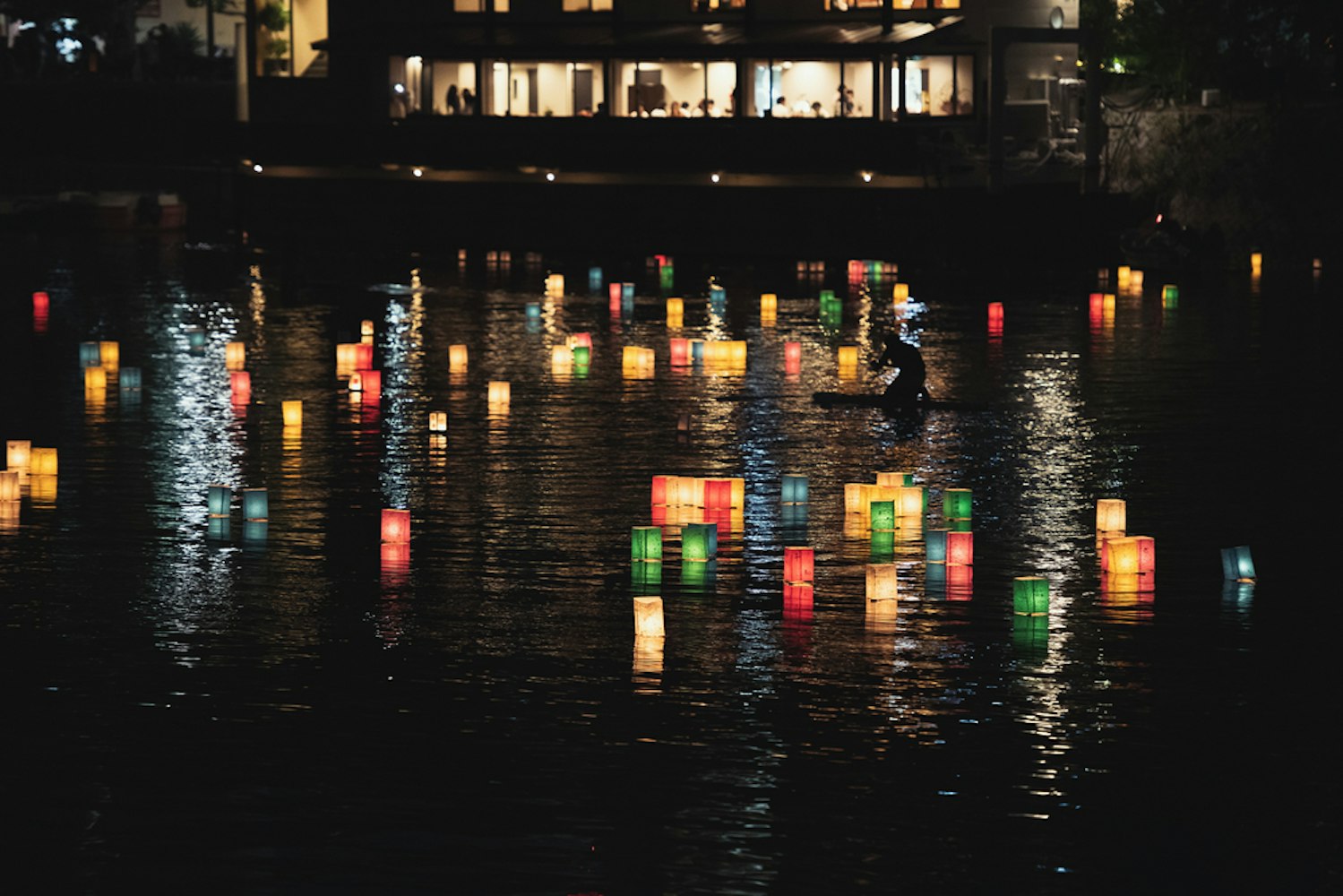
One of the most poignant and visually stunning events of the Hiroshima Flower Festival is the Lantern-Floating Ceremony. Held at the Peace Memorial Park, this ceremony involves participants writing peace messages on paper lanterns and then floating them down the river near the Genbaku Dome Mae.
This serene event is a tribute to the victims of the atomic bomb and a symbolic gesture of hope for a peaceful future. The sight of thousands of illuminated lanterns drifting along the water is both moving and breathtaking, encapsulating the festival's essence of remembrance and peace.
Arrive Early: Secure a good vantage point along Peace Boulevard for the parades and stage performances.
Stay Hydrated: May in Hiroshima can be warm, so drink plenty of water throughout the day.
Find a Shady Spot: Locate a shady spot early to relax and enjoy the performances comfortably.
Participate in Activities: Join various activities and workshops, including opportunities to play games with local citizens.
Explore Food Stalls: Taste the diverse range of Japanese street food available at numerous stalls.
Bring a Camera: Capture the colorful costumes, vibrant floats, and beautiful flower displays.
Respect the Environment: Dispose of trash properly and help keep the festival area clean.
Use Public Transport: Utilize Hiroshima's efficient public transport to avoid traffic and parking issues.
Visit the Peace Memorial Park: Visit the Peace Memorial Park and Atomic Bomb Dome to reflect on Hiroshima's history and its powerful message of peace.
Check the Schedule: Keep an eye on the festival schedule for any changes or special events you want to attend.
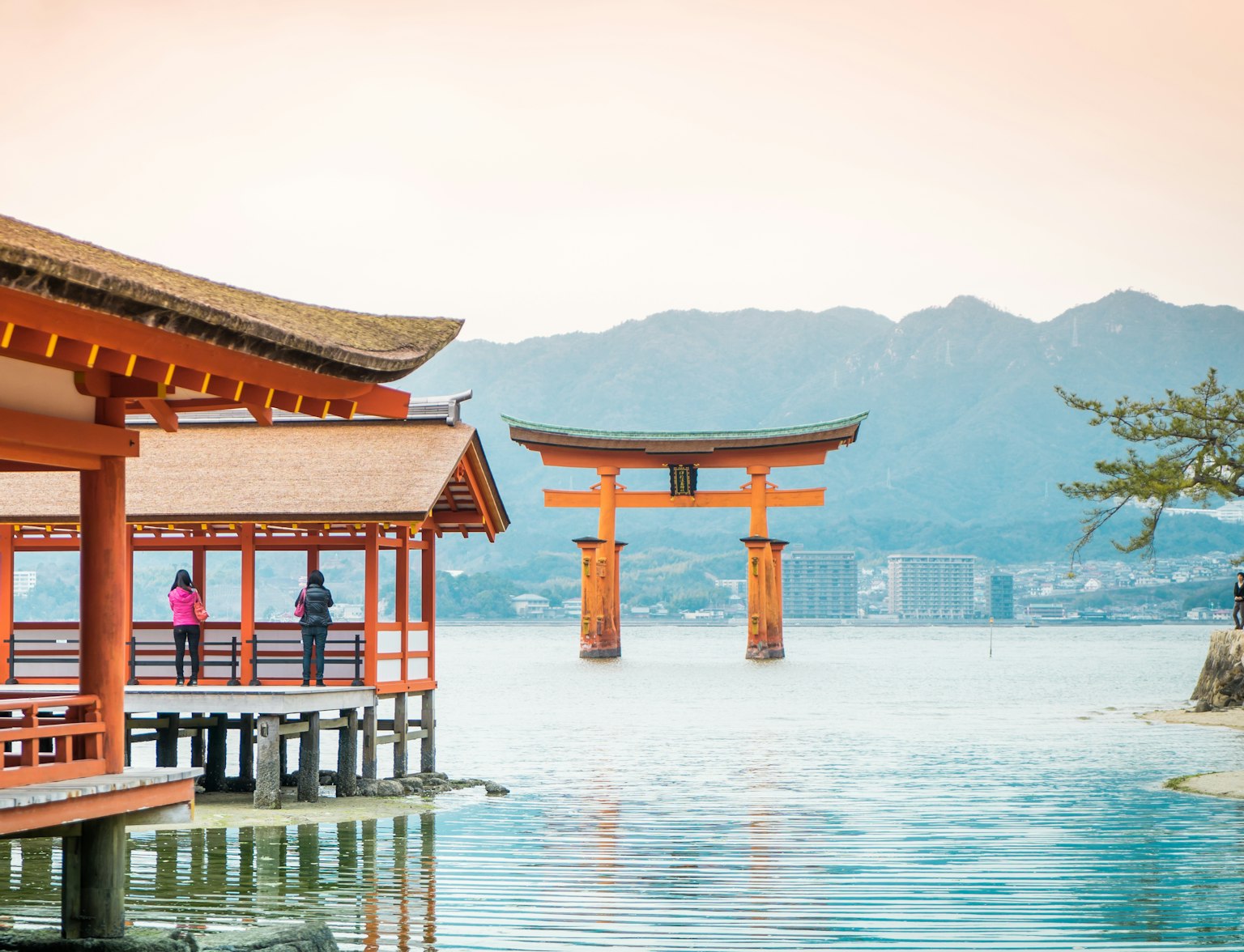
Uncover Hiroshima's tales on a full-day private tour.
Reaching the Hiroshima Flower Festival is convenient, with several transportation options available. The festival is primarily held along Peace Boulevard, easily accessible by public transport.
The closest tram stop is Genbaku Dome Mae, near the Atomic Bomb Dome and Peace Memorial Park. Visitors can also take buses or taxis to reach the festival area.
For those traveling from outside Hiroshima Prefecture, the city's central train station, Hiroshima Station, connects to major cities across Japan, making it easy to plan a visit to this annual event.
The Hiroshima Flower Festival is more than just an annual event; it celebrates life, culture, and the enduring spirit of peace. With its rich history, vibrant parades, heartfelt ceremonies, and diverse performances, the festival offers visitors a unique and immersive experience worldwide.
Whether you are drawn by the poignant Lantern Floating Ceremony or the lively stage performances, the Hiroshima Flower Festival promises a memorable and meaningful visit. Embrace the opportunity to witness Hiroshima's resilience and hope as you join in the festivities that commemorate the past and celebrate the promise of a peaceful future.
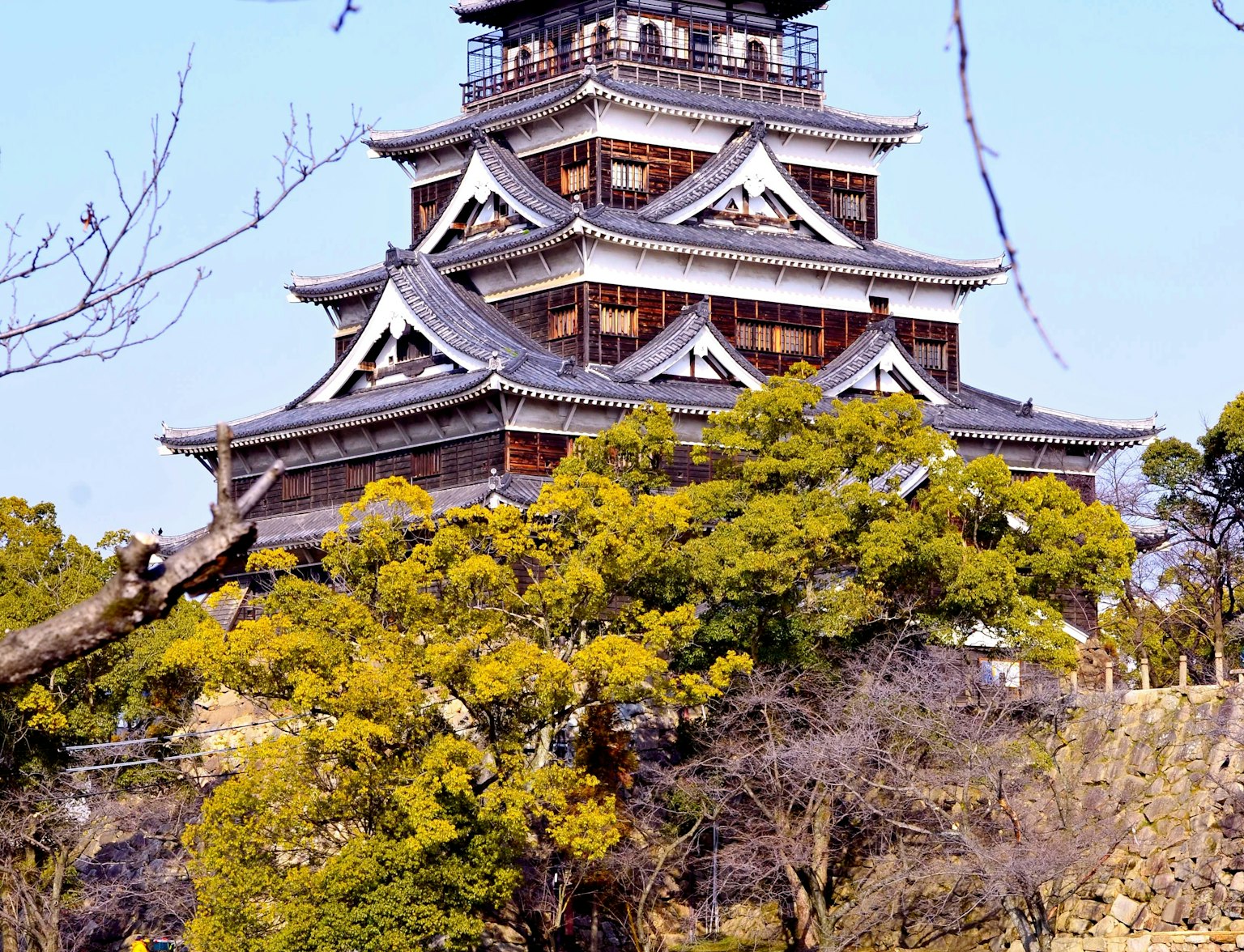
Explore Hiroshima with a local guide on a personalized 6-hour tour.



